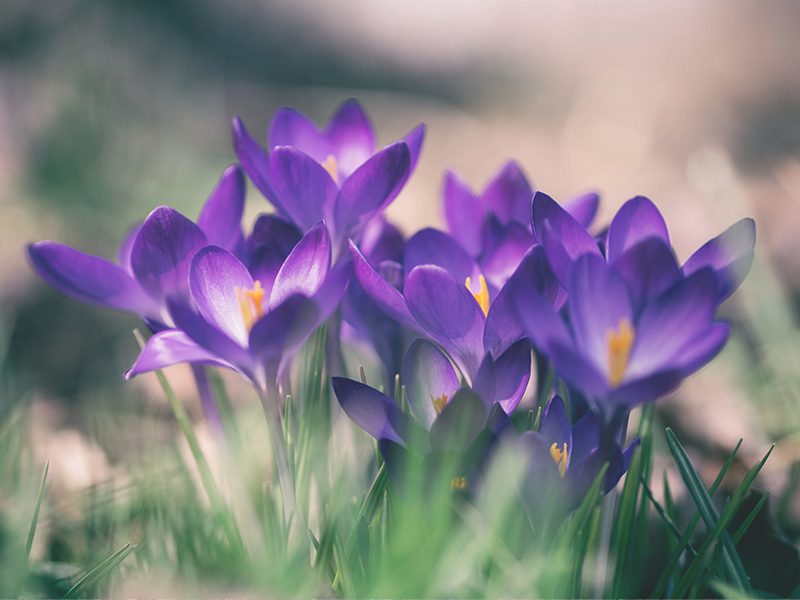By Lisa Dove, Forest Park Community Contributor
The end of March and beginning of April is when gardeners get moving! Here are some terms and facts to help you get started.
Hello, Sharon Woods residents! My name is Lisa Dove, and I have lived in Forest Park West for over 35 years. I have been a gardener since we bought our house in 1984, and have received a certification as a Master Gardener from Ohio State Extension in 2000. I’ve been writing a monthly gardening article for the Forest Park Forester, and I’ve been asked to share some of the information with you…
It’s time to start cleaning up the leaf litter, tilling the garden soil, and preparing your vegetable beds for planting. It’s also the time when we begin to hear the lawn mowers, and those who like to manage their lawns apply the first lawn fertilizer and weed preventer.
Remember that the frost date for our area is May 15. That means that if you plant before that date, you run the risk of having your blooms nipped by frost. Last year, our final snow/freeze of the year came on May 23. Don’t be in a hurry to plant!
Columbus has a Planting Hardiness Zone of 5B or 6A. You’ll see this number on tags when purchasing shrubs/plants at the garden store. It is a measurement of “Cold Hardiness” that a plant can tolerate. The higher the number, the less cold it can handle. So, if you pick up a Hibiscus with a hardiness of 7 or 8, you either need to move to Georgia, or bring it in during the fall/winter. If you want more information on this, send me an email and I’ll send you more info.
Annuals are flowering plants and vegetables that grow and bloom in one season. These are our bright bloomers that can be planted after our frost date (May 15) and will bloom until our first killing frost (normally mid-October). Some prefer colder weather and some need the heat of summer.
Cold weather annuals like Pansies and Primrose are the first to come out in the garden store. These are hardy little plants that can give us some color, can tolerate some cold temperatures, and die back in the summer. Leave them be! They will rebloom in the fall.
Cold weather annual vegetables include peas, lettuce, spinach, and cabbage. These seeds/plants can be planted the first week of April.
Perennials are plants that live more than two years, and most improve with age. These are the stalwarts of the garden. Examples are: daisies, garden phlox, strawberries, daylilies, and clematis. Perennials don’t do much in their first season, but after one winter the change can be dramatic. Normally you find these already started in containers and are a little more expensive. The plants you buy in the gallon-size containers are normally 1–2 years old, and already blooming. After about 4 years, you may see them decline. That’s the time to divide them and share them with your neighbors.
Biennials are plants that bloom every other year. It takes 2 years for the cycle to complete. One year you’ll have blooms and the next just a rosette of leaves. Many biennial species will reseed easily, increasing your number of plants. Examples are: Hollyhocks, Black-Eyed Susans, Delphiniums, and Foxglove.
I hope this is helpful as you get started in this new season! You can email me with any questions you have or any subjects you would like to discuss at [email protected].


